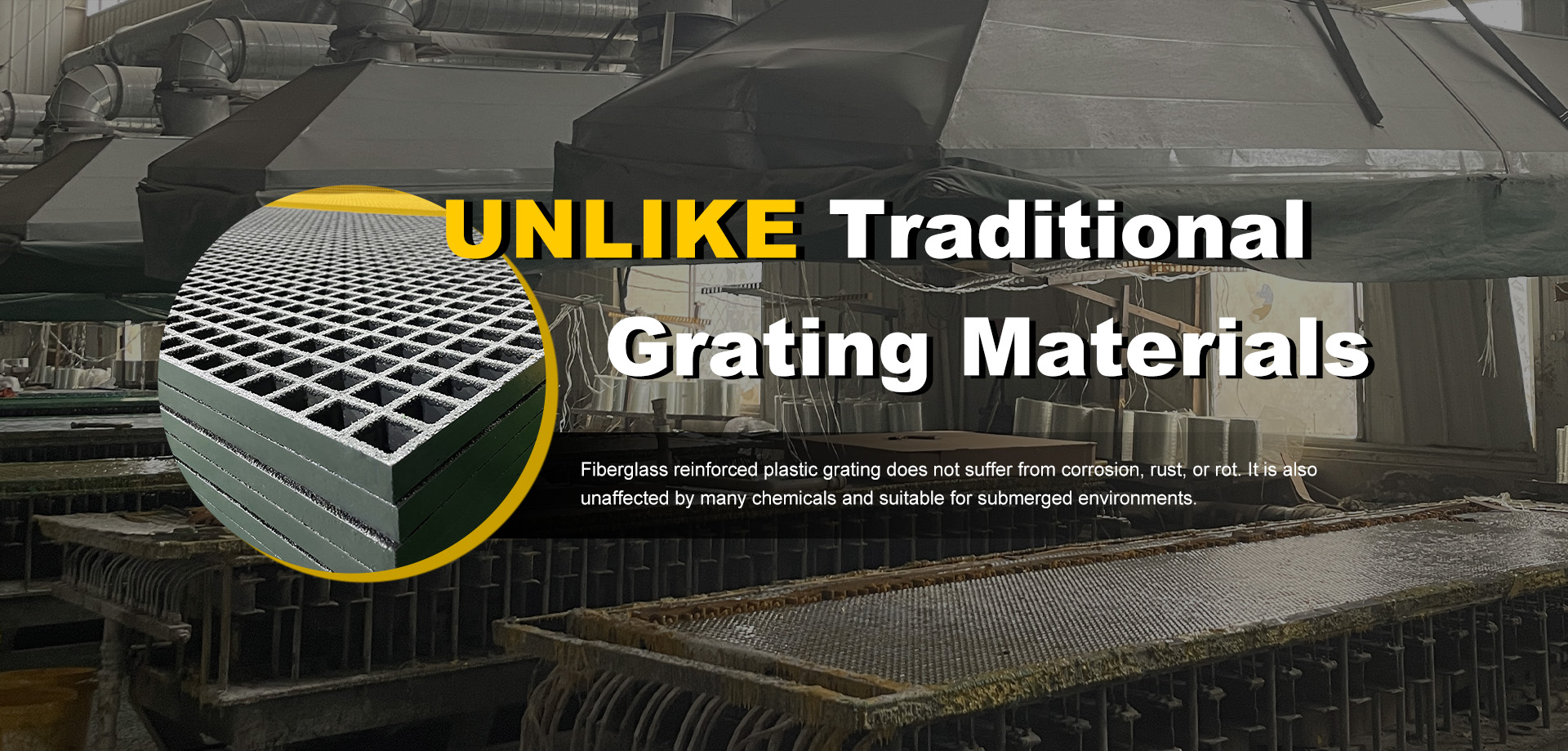loading...
- No. 9, Xingyuan South Street, Dongwaihuan Road, Zaoqiang County, Hengshui, Hebei, China
- admin@zjcomposites.com
- +86 15097380338
- Welcome to visit our website!
Modular Designs for Stylish and Versatile Stair Railing Solutions
Modular Stair Railing Systems A Comprehensive Guide
In contemporary architecture and interior design, the aesthetic and functional elements of staircases play a critical role in overall design coherence. Among these elements, stair railings are paramount for ensuring safety while offering design flexibility. One innovative solution that has gained traction in recent years is the modular stair railing system. This article explores the benefits, features, and installation processes of modular stair railing systems, demonstrating why they are an ideal choice for modern homes and commercial spaces.
What Are Modular Stair Railing Systems?
Modular stair railing systems are pre-engineered components that can be easily assembled and customized to fit various stair designs. These systems typically consist of standardized parts such as posts, rails, and infill panels that can be configured in multiple ways. Manufacturers offer a range of materials, including metal, wood, glass, and composite materials, allowing designers and homeowners to create a unique aesthetic that complements their space.
Benefits of Modular Stair Railing Systems
1. Customization One of the foremost advantages of modular stair railing systems is their adaptability. Homeowners can choose from a myriad of designs, colors, and materials to suit their personal taste and the interior décor of their home. The modularity allows for easy adjustments, accommodating various architectural styles from modern to traditional.
2. Ease of Installation Unlike traditional railings that often require professional installation, many modular systems are designed for straightforward installation, allowing homeowners or contractors to set them up quickly and efficiently. This DIY aspect can significantly reduce labor costs and project timelines.
3. Safety Compliance Safety is paramount when it comes to stair railings. Modular systems are often designed to meet or exceed local building codes, ensuring that they provide adequate support and protection for users. The pre-engineered components are tested for strength and stability, further ensuring peace of mind.
4. Low Maintenance Many modular stair railing systems are manufactured from durable materials that require minimal upkeep. For example, aluminum and stainless steel railings are resistant to rust and corrosion, while glass panels are easy to clean and maintain their appearance over time.
5. Cost-Effectiveness Modular systems can be more cost-effective than custom-built railings. The standardization of components reduces manufacturing costs, and the ease of installation can save additional money on labor.
Types of Modular Stair Railing Systems
Modular stair railing systems come in various styles, each offering distinct features to suit different settings
modular stair railing systems

- Metal Railings Often made from aluminum or steel, metal railings provide a sleek, modern look. They can incorporate glass panels for a contemporary aesthetic while maintaining structural integrity.
- Wood Railings For a warmer, more traditional look, wood railings offer a classic touch. They can be stained or painted to match existing decor and can be combined with metal or glass for hybrid styles.
- Glass Railings Increasingly popular in modern designs, glass railings provide an unobstructed view and a sense of openness. They are often used in spaces where views are a focal point, such as decks and open-concept homes.
Installation Process
Installing a modular stair railing system typically involves the following steps
1. Planning Before installation begins, it’s crucial to measure the stairs and design the layout according to local building codes.
2. Assembling Components Most systems come with detailed instructions that outline how to assemble the various parts. Following the manufacturer’s guidelines ensures structural integrity and safety.
3. Securing the Posts The first step in the physical installation involves securing the posts, which will form the backbone of the railing system. Proper anchoring is essential for strength and stability.
4. Installing the Rails and Infill Panels Once the posts are set, the rails and infill panels can be attached according to the design plan. This step allows for personalization and custom configuration.
5. Final Inspection After installation, a thorough inspection is essential to ensure everything is properly secured and compliant with safety standards.
Conclusion
Modular stair railing systems are revolutionizing the way we think about stair safety and aesthetics. Their customizable designs, ease of installation, and various material options make them an ideal choice for modern living spaces. Whether in residential or commercial settings, these systems not only enhance safety but also elevate the overall design, making staircases not just functional elements but also stunning architectural features. Investing in a modular stair railing system is a decision that marries form with function, bringing peace of mind and beauty to your space.
-
The Rise of FRP Profiles: Strong, Lightweight, and Built to LastNewsJul.14,2025
-
SMC Panel Tanks: A Modern Water Storage Solution for All EnvironmentsNewsJul.14,2025
-
GRP Grating: A Modern Solution for Safe and Durable Access SystemsNewsJul.14,2025
-
Galvanized Steel Water Tanks: Durable, Reliable, and Ready for UseNewsJul.14,2025
-
FRP Mini Mesh Grating: The Safer, Smarter Flooring SolutionNewsJul.14,2025
-
Exploring FRP Vessels: Durable Solutions for Modern Fluid HandlingNewsJul.14,2025
-
GRP Structures: The Future of Lightweight, High-Performance EngineeringNewsJun.20,2025
